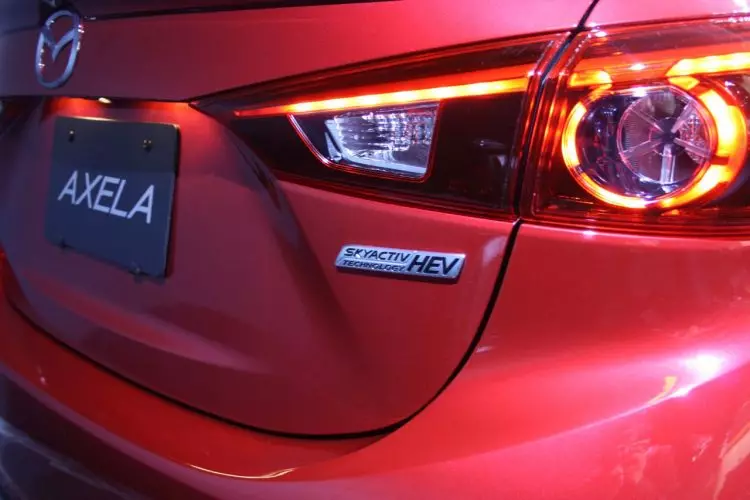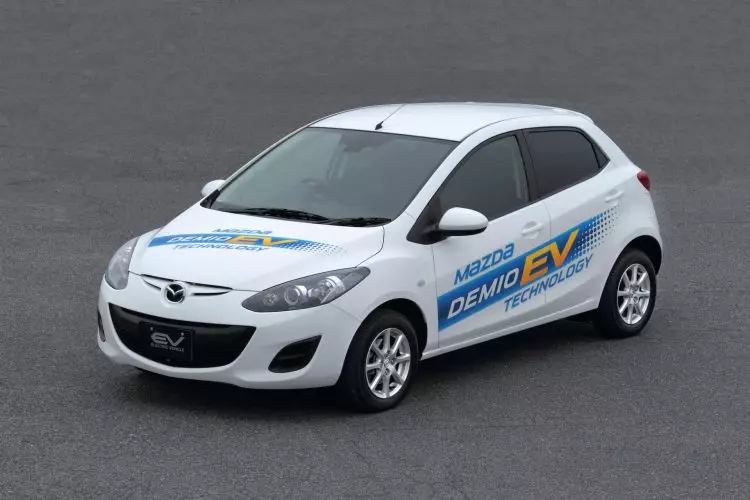Mazda, like other manufacturers, is preparing for a much more demanding future when it comes to emissions standards. The brand is preparing the second generation of SKYACTIV engines and has established a partnership with Toyota for hybrid solutions – for example, a Mazda3 is marketed in Japan that combines the SKYACTIV-G engine with Toyota's hybrid technology.

According to those responsible for the brand, the new zero-emission model should be known in 2019 and marketed in 2020. The European responsible for Research and Development, Matsuhiro Tanaka said:
Matsuhiro Tanaka, Mazda's European Head of Research and Developmentis one of the possibilities we are looking at. Small cars are ideal for 100% electric solutions, because larger cars also require excessively heavy larger batteries, and that doesn't make sense for Mazda.
Considering Tanaka's statements about the dimensions of Mazda's future electric model, the Japanese brand could be preparing a model similar to the Renault Zoe. Given this positioning, this new utility should bet on an unprecedented basis:
Matsuhiro Tanaka, Mazda's European Head of Research and Developmentthe design will be different, because although our strategy with this car is the same, the technology will not be the same. For example, materials will be lighter. If we put in heavy batteries, we have to go the opposite way regarding the total weight. We will have to develop new materials technology in the future.
And where does Wankel fit in?
At Razão Automóvel we have reported several times the return of Wankel engines – even though that return has never actually taken place. However, another possibility arises for the eventual return of Wankel engines. Forget a future Mazda RX with this engine, its role could be revised and confined to range extender functions for future electric vehicles.
And why not? Its compact dimensions, intrinsic balance, and low-rev operating silence make it an excellent candidate for this mission. A possibility that was reinforced with the registration of patents by Mazda in the USA relating to this technology.

Mazda itself has tried this technology in the past. In 2013 a prototype Mazda2 was developed, in which a small 330cc Wankel engine mounted at the rear generated energy for the batteries.
This engine, powered by a small nine-liter fuel tank, produced a constant 20 kW (27 hp) at 2000 rpm, allowing the model's autonomy to be extended. Again Matsuhiro Tanaka:
Matsuhiro Tanaka, Mazda's European Head of Research and DevelopmentSomething like this once existed, but I can't go into details. It is possible to achieve performance and economy with a rotary engine. It is very stable and quiet at regular rotations, so there is some potential for this.
The arrival of an electric vehicle in this manufacturer's range will also fuel Mazda's growing electrification – from 2021 onwards the brand will increase the number of plug-in hybrid vehicles in its range. According to Tanaka, Mazda already has the necessary technology for that purpose thanks to the partnership with Toyota. It's only a matter of time.
